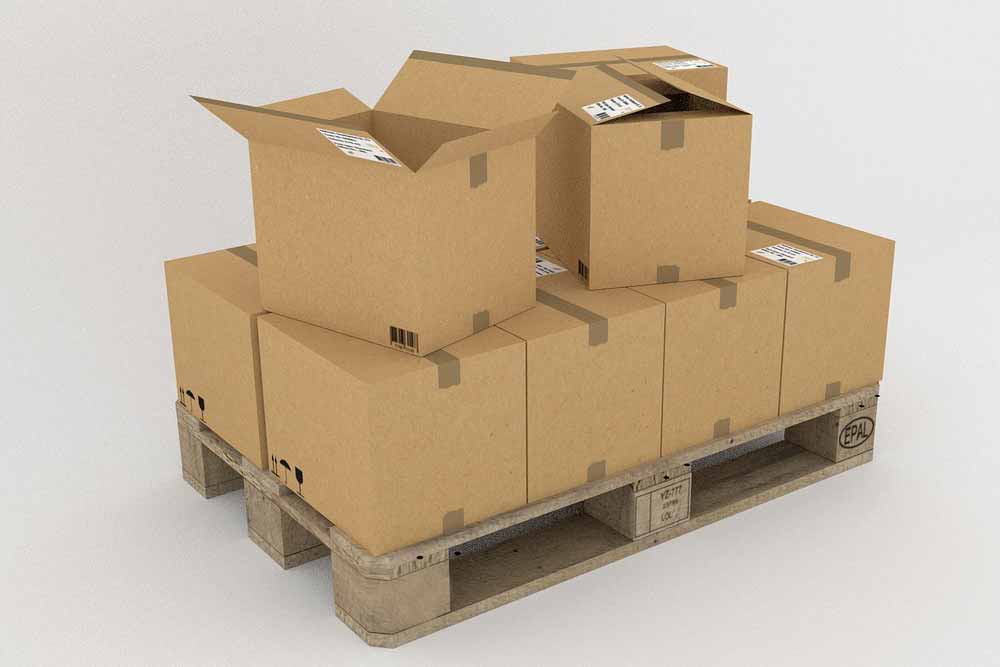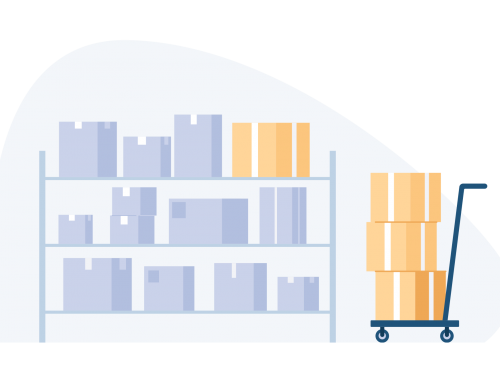Developing a popular, well-known product is only half of the battle of running a successful business.
The gears that keep your product moving—the operations, logistics, and inventory management—are just as essential to success. In fact, with disorganized or inefficient business operations, you won’t even be able to capitalize on your product’s popularity. Here are four crucial logistical points you may be able to improve in your own business.

1. Optimize Safety Stock Levels
Safety stock refers to the extra inventory you should keep on hand in case you experience an unexpected increase in demand. Determining your ideal safety stock level can be complicated, however. Each item you stock may have a different optimal safety stock level depending on seasonality, growth rate, and how important that product is to your company’s success.
ForecastRx accounts for these varying safety stock levels using a confidence interval-based approach. Important products with sufficient historical data that generate a lot of sales for your business should have above a 90% confidence interval, insuring that the item is consistently in stock. A higher confidence interval correlates to a lower chance of suddenly running out of stock. You should set a lower confidence interval for products that sell infrequently and aren’t as profitable, thus avoiding overstocking and minimizing storage fees.

2. Determine Vendor/Item Specific Reordering Points
After determining how much stock to order, the next challenge is figuring out when to reorder. The ideal reorder point would indicate the exact day that you should place a purchase order to receive stock when you need it. Reorder points can vary based on the lead times of specific vendors or even specific items.
Inaccurate reorder points will result in your stock arriving too late (and causing lost sales) or too early (and accruing unnecessary storage fees). The key to determining reorder points is to calculate precise lead times, or the number of days between placing a purchase order and the time the item is sellable. Lead times include assembly or manufacturing time needed by your supplier, the shipping time it takes for the stock to arrive, and then the time it takes to process stock once it does arrive. These numbers will vary based on the item you are ordering and where the vendor is located, so make sure to account for all variables when determining lead times. It’s beneficial to keep track of real lead times you observe for items over multiple order cycles in order to help determine the most accurate lead time to use in calculations.

3. Economic Order Quantity
Your economic order quantity (“EOQ”) is an optimized order quantity that minimizes inventory ordering and carrying costs. There are three primary factors to consider when thinking about economic order quantity:
Projected demand: Obviously, you will still need to consider the basics of how much of a product you anticipate selling, and how much safety stock you need to order.
Cost to produce: Vendors often reward buyers with significant price cuts for higher quantity orders. If you planned on ordering 110 of an item, but would earn a 30% discount for ordering 120, then you will need to calculate the savings. Will you save more money because of the discount, or will you wind up paying more in storage fees later on?
Transportation and carrying costs: Finally, there is the question of how much it will cost to actually ship and carry the product you are ordering. The amount you order can affect shipment weight, dimensions, and the type of shipping required. For example, if one standard shipping box carries 150 items, but your demand forecast tells you to purchase 180 of an item, you will need to research how to minimize shipping costs. Additionally, to maximize your utility of the EOQ calculation, you will need to identify and annualize the storage fees and costs associated with the items you order.
To calculate an EOQ by hand, you can use the following formula:
EOQ = √2DK/h where
D = annual demand quantity
K = fixed cost per order
h = annual holding cost per unit

4. Product Ranking & Analysis
Certain products will be more important to your company’s growth and success than others. These are typically high-selling products or those that help define your company’s identity. Important products should have high safety stock levels and be supported by precise reordering points, since they can have the largest effect on your bottom line. It is also useful to categorize products by their turnover rates. Fast moving products should have higher safety stock levels than those that take a while to sell.
However, not all slow moving products require low levels of safety stock. A product may sell slowly for most of the year, but experience high seasonal demand for two or three months of the year. For seasonal products, it’s good practice to reduce safety stock quantities in the off-season, and increase them during times leading up to and including peak demand. The earlier you figure out a product’s seasonality, the better. You don’t want to misjudge the necessary safety stock levels and jeopardize your company’s success by running out of stock in a crucial season.
Beyond simply missing out on sales, running out of stock will hurt that product’s placement on Amazon listings. Once your product ranking drops, it is an uphill battle to achieve first-page positioning again. Once you earn ranking and visibility equity, it is important to maintain that placing and continue to grow. Don’t let your company be affected by negative trends like stock-outs for important items.

For the most accurate demand forecasts and an intuitive way to manage your inventory, check out our free trial of ForecastRx.
Our app is designed to help you take advantage of the tips in this post, including the ability to automatically set confidence intervals for safety stock for all of your items. Let ForecastRx do the work so you don’t have to.





